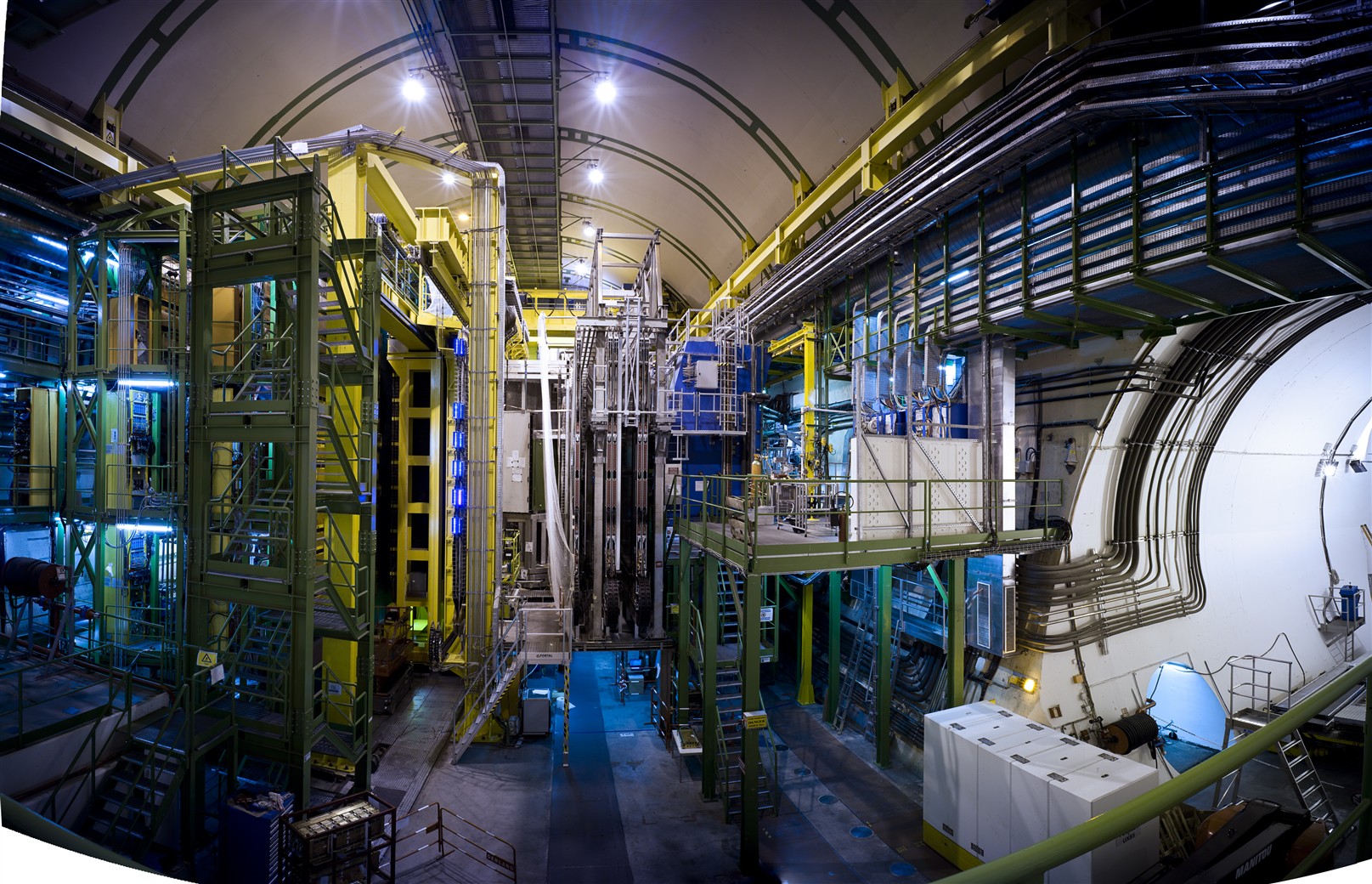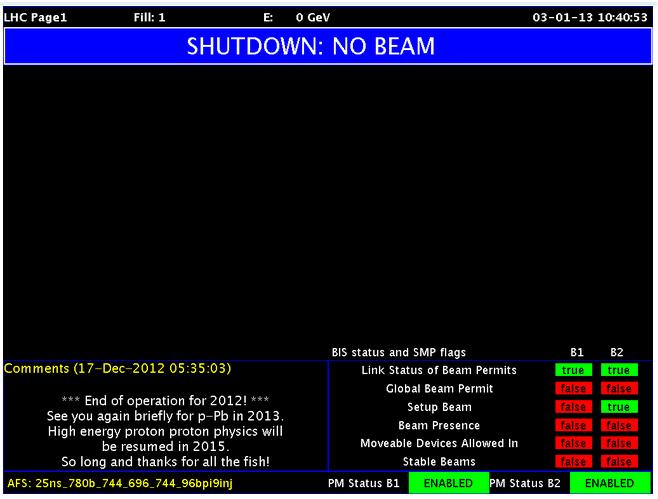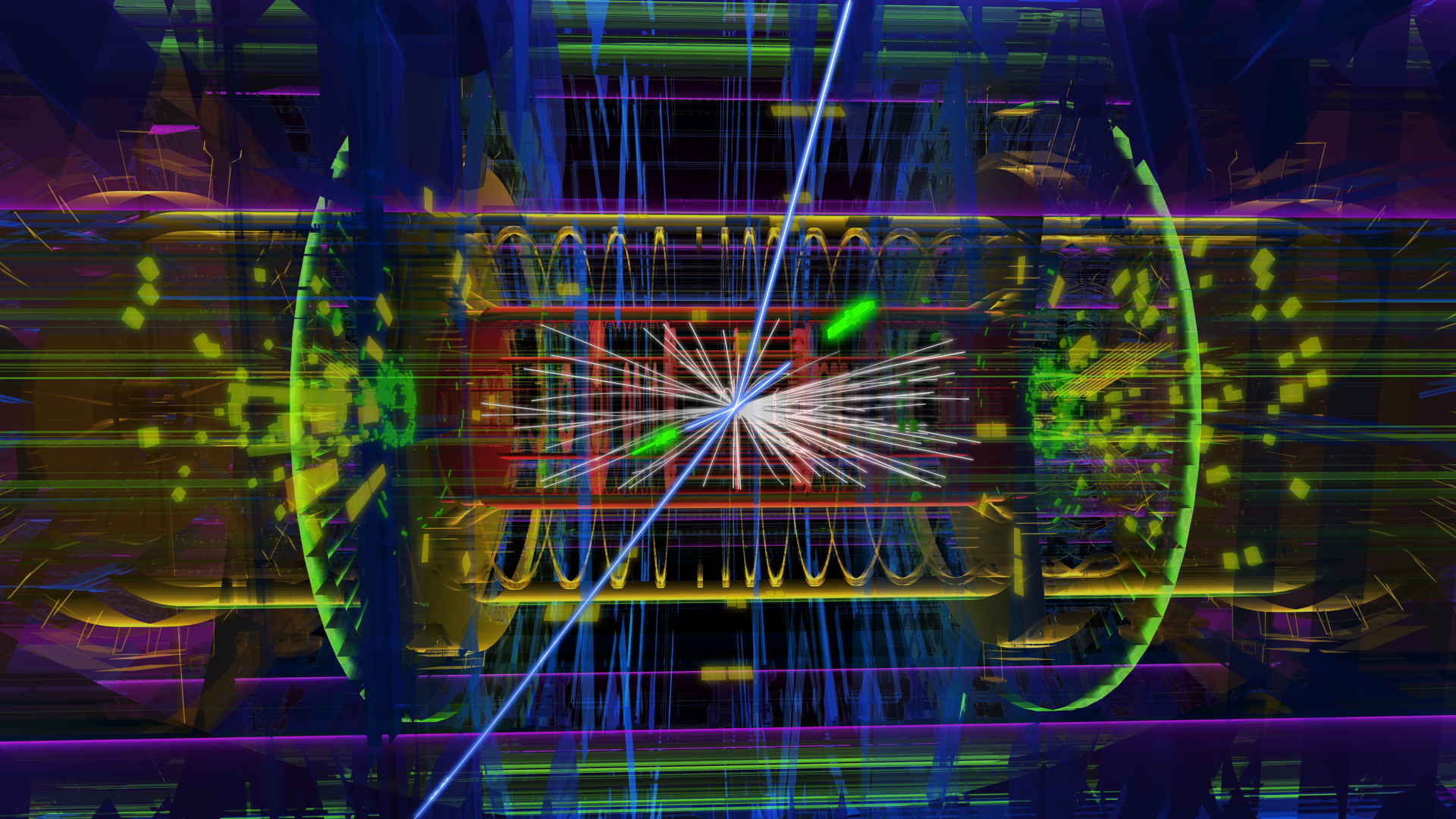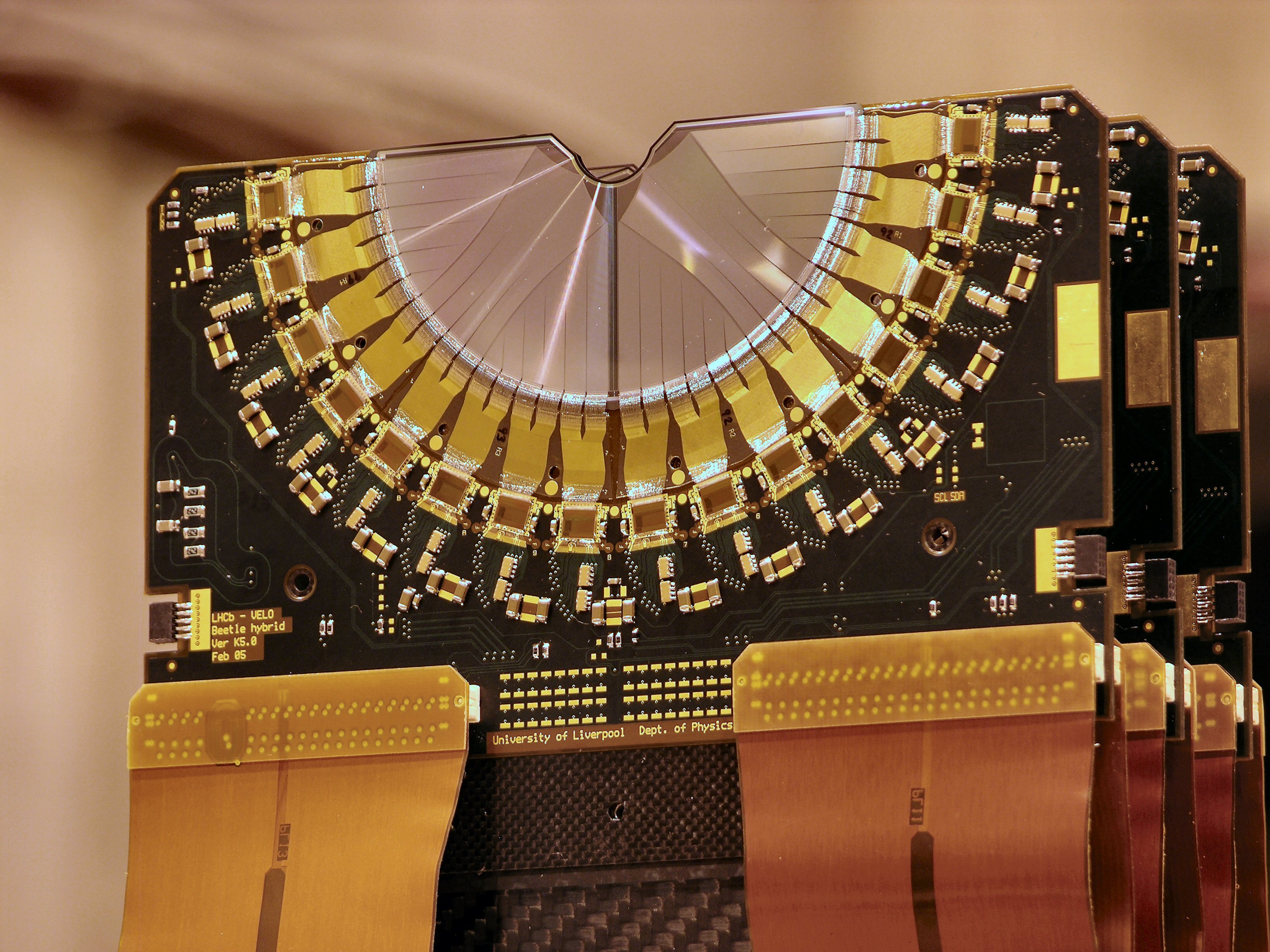“No technology has been so pervasive so quickly as the internet. Twenty-five years ago it was a mystery to most people and now several billion of us use it everyday, several times a day.” Brian Eno on why you should vote for the the World Wide Web.

Dr. Harry Cliff, a Physicist working on the LHCb experiment and the first Science Museum Fellow of Modern Science, writes about a new discovery at CERN – the X particle – for our blog.

Over the past three weeks, deep under the Jura Mountains on the Swiss-French border, a monster has been sleeping.
The Large Hadron Collider, the world’s largest experiment, normally runs for 24 hour-a-day, seven days a week, but for four weeks in January and December, it is switched off writes Alice Lighton.

New research from the Large Hadron Collider shows the newly-discovered Higgs boson is behaving exactly as expected. While this might seem like good news, for some people it is the opposite, because a well-behaved Higgs might rule out some intriguing new physics theories.

Dr. Harry Cliff, a Physicist working on the LHCb experiment and the first Science Museum Fellow of Modern Science, writes about a new discovery at CERN for our blog. A new exhibition about the Large Hadron Collider will open in November 2013, showcasing particle detectors and the stories of scientific discoveries.

In autumn 2013 an exhibition about the LHC will open in the Science Museum, and we’re currently scouting out objects and stories for the show.
Champagne corks have been popping at CERN today, with news that the Large Hadron Collider (LHC) has glimpsed the elusive Higgs boson, or at least something that looks very like it. We’re hoping that one or two of the champagne bottles will find their way into the Science Museum’s collections. Bottles of bubbly might seem a rather strange addition to a museum physics collection, but they’re one way for us to capture news like this morning’s for posterity: ironically, sometimes […]
We sometimes find that objects in our collections suddenly become newsworthy because of events beyond the Museum. This beautiful, but small and unassuming, object on display in Cosmos & Culture is now one of them. It’s a prototype gyroscope from the Gravity Probe B experiment, which has been testing predictions made by Einstein’s general theory of relativity: that a massive body such as the Earth should warp and twist the space-time around it. Four spheres like this one – among the most […]
It’s that time of year when leaves cover the ground, there’s a chill in the air, and household pets look distinctly nervous. Hallowe’en has just passed and tonight will see fireworks displays throughout Britain as the bonfires are lit for Guy Fawkes Night. But even the most spectacular pyrotechnics would be hard-pressed to beat these 17th-century creations. This engraving is from the Science Museum Library‘s copy of Pyrotechnia or, A discourse of artificial fire-works, written by John Babington and published in 1635. […]
A few weeks ago, Stewart talked about relics in our collections – often mundane objects that have gained mystique through association with famous historical characters. Recently, I got a close-up look at what’s possibly the ultimate scientific museum relic: Galileo’s body parts. The middle finger of Galileo’s right hand has been on display at Florence’s history of science museum for many years. The museum’s recently been refurbished and (in what’s possibly a cunning marketing tool to entice visitors from the […]
I’ve been rummaging through the Science Museum’s collections looking for objects related to terrestrial magnetism and scientific expeditions. I smiled when I came across the musical scores for “Northward Ho! or Baffled not Beaten” in a popular song catalogue from 1875 – it really brought home just how much Arctic exploration captured people’s imaginations in the second half of the nineteenth century. Commander John P. Cheyne of the Royal Navy, who penned the words for this dashing tune, was himself an Arctic […]
Are you off to the beach this August? Lucky you – I’m stuck at work (hey, but life’s always a beach here at the Science Museum). If you’re planning a holiday in the UK, you could tread the sands at Cromer, and follow in the footsteps of Albert Einstein. Einstein’s trip to Norfolk in 1933 wasn’t a holiday. As a famous German Jew, he had been subject to Nazi threats. He was invited to stay in Cromer by the MP and antifascist campaigner Commander Oliver Locker-Lampson. Einstein’s visit has (very […]